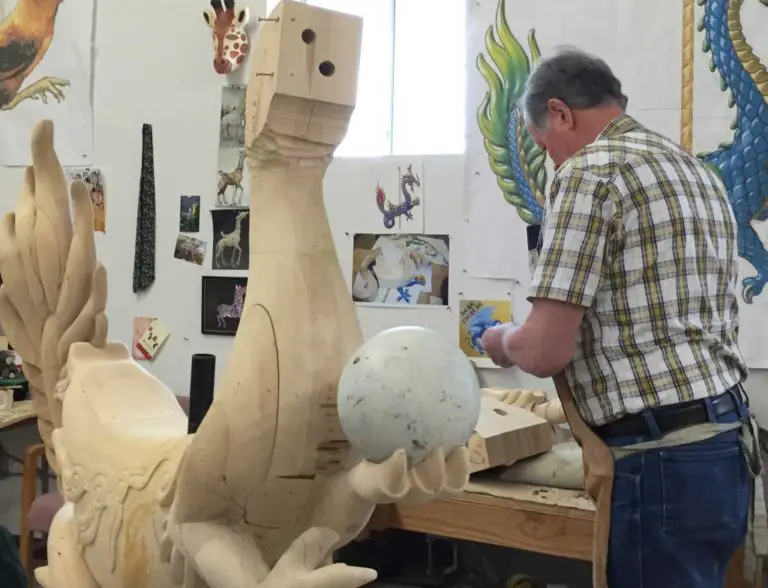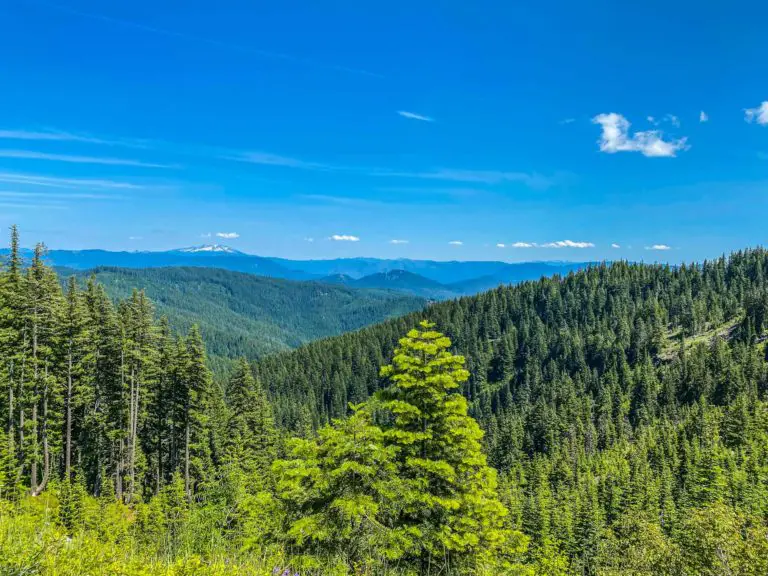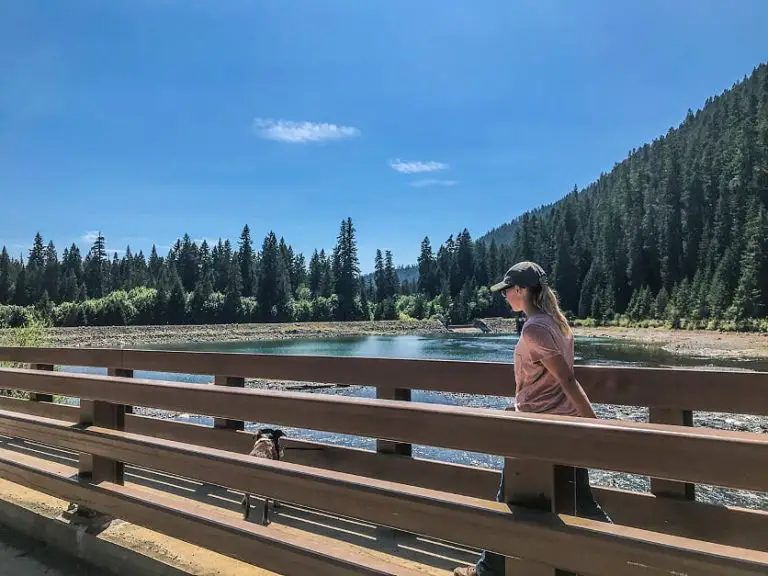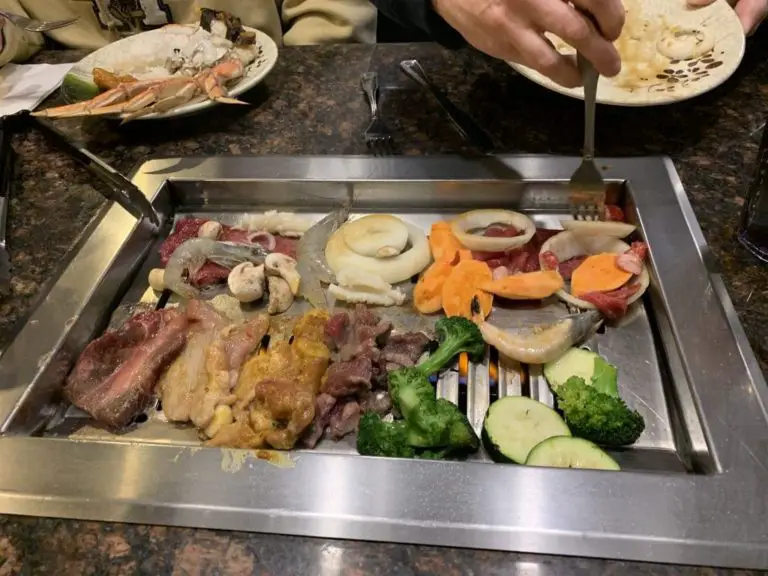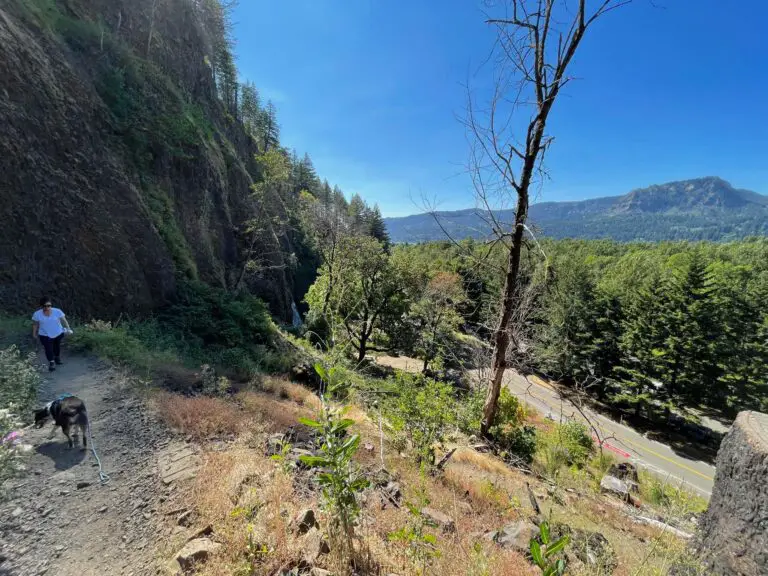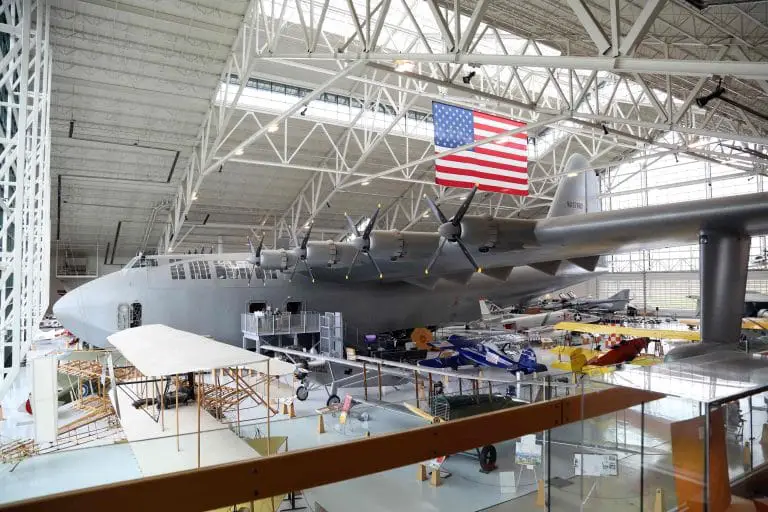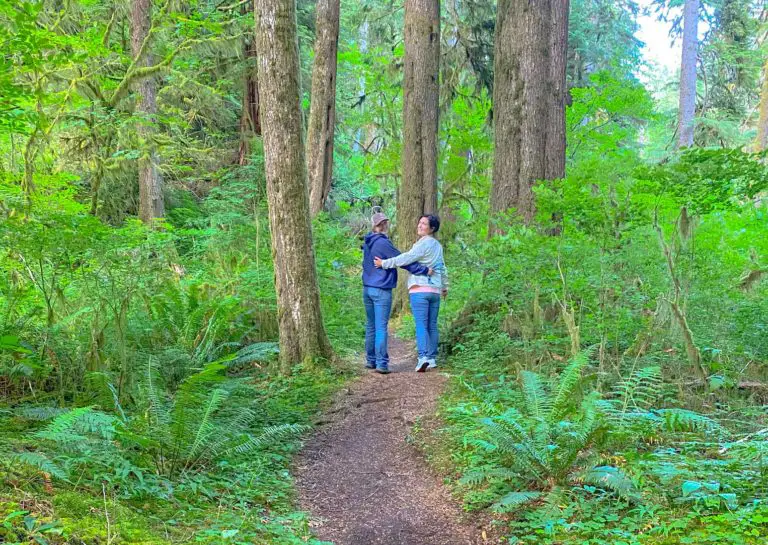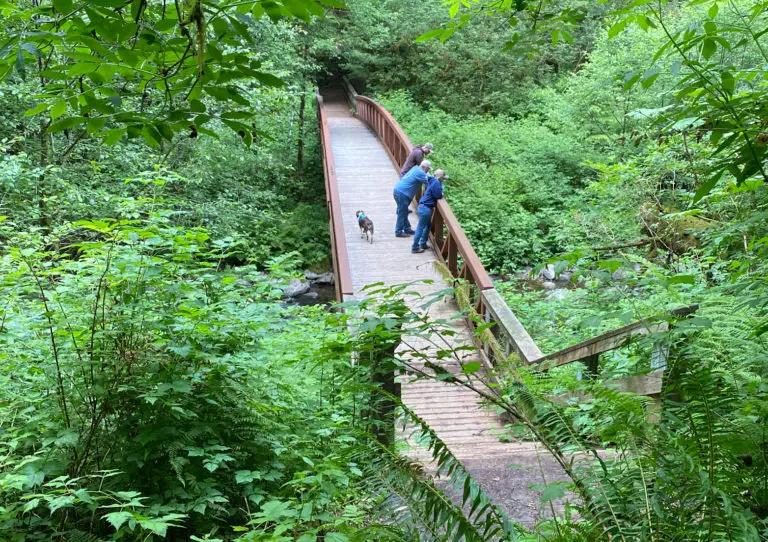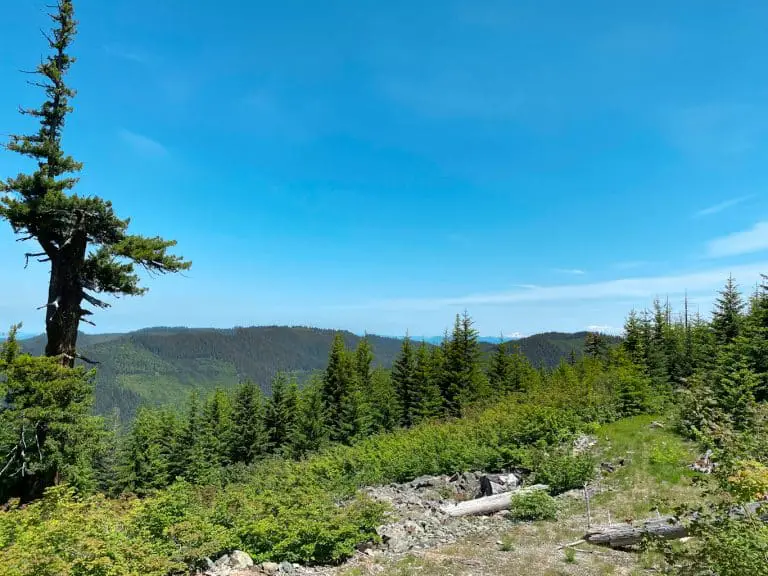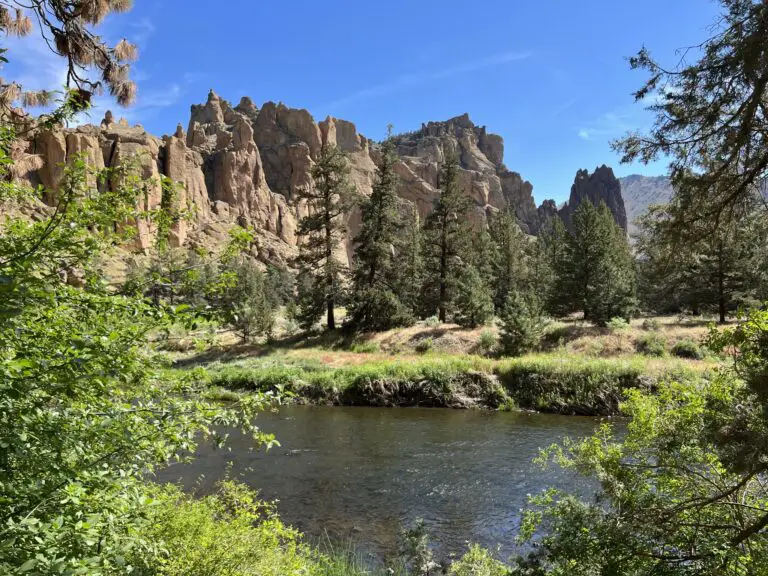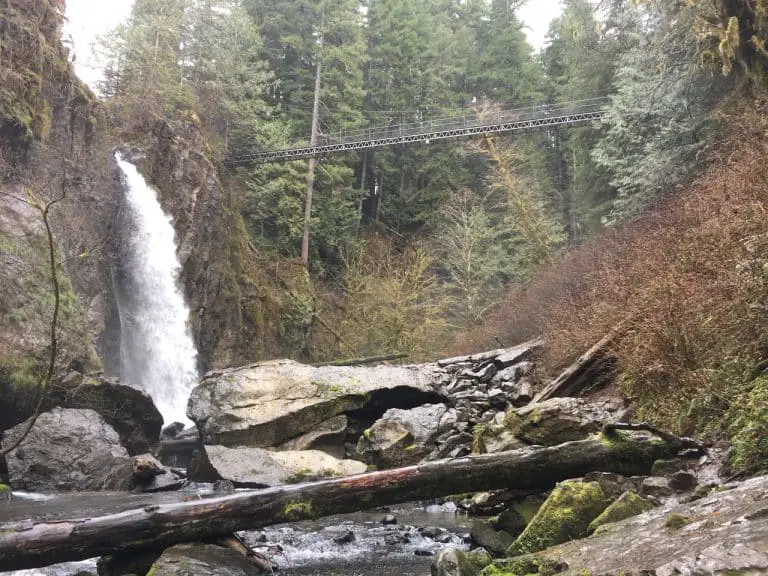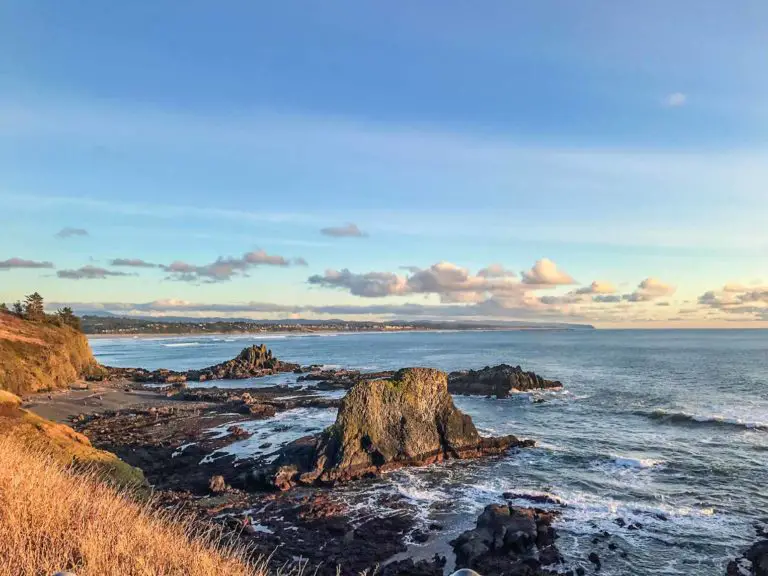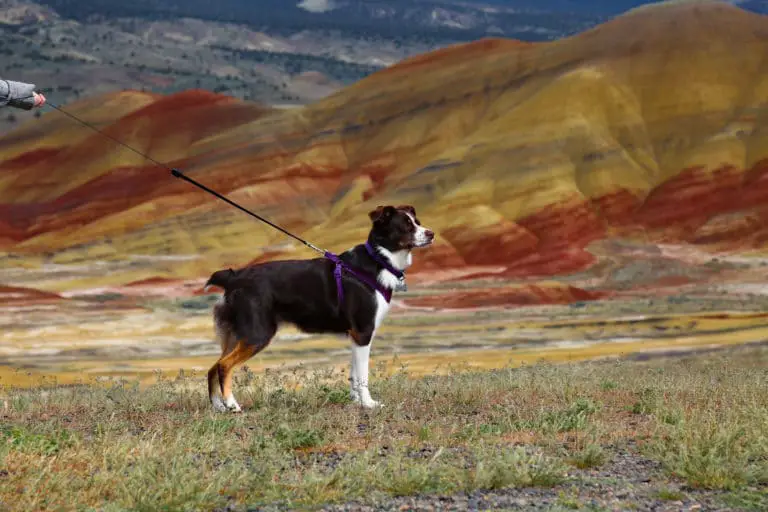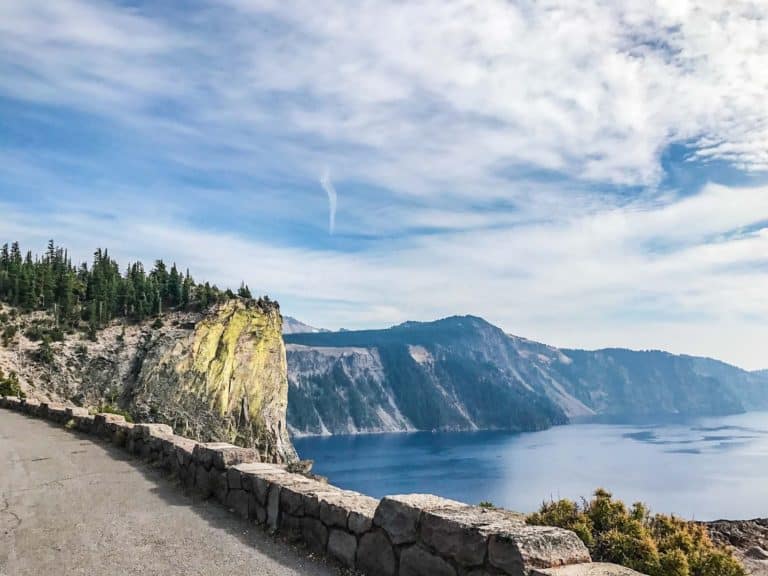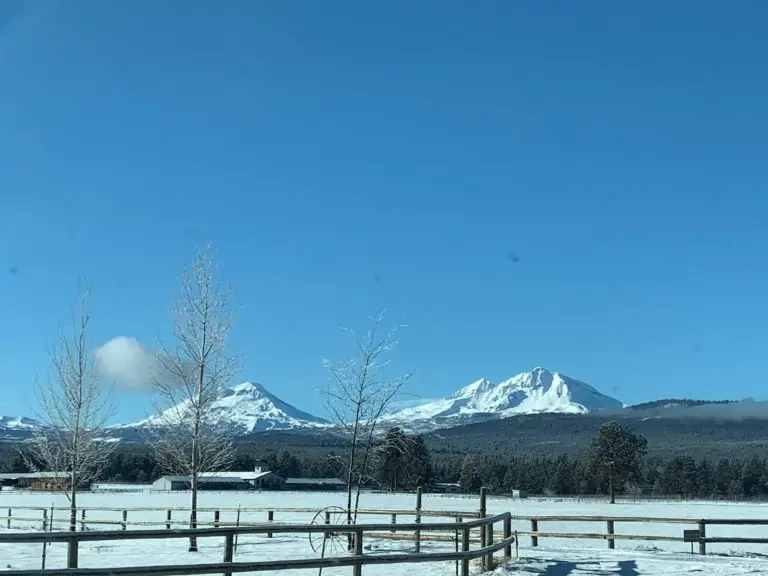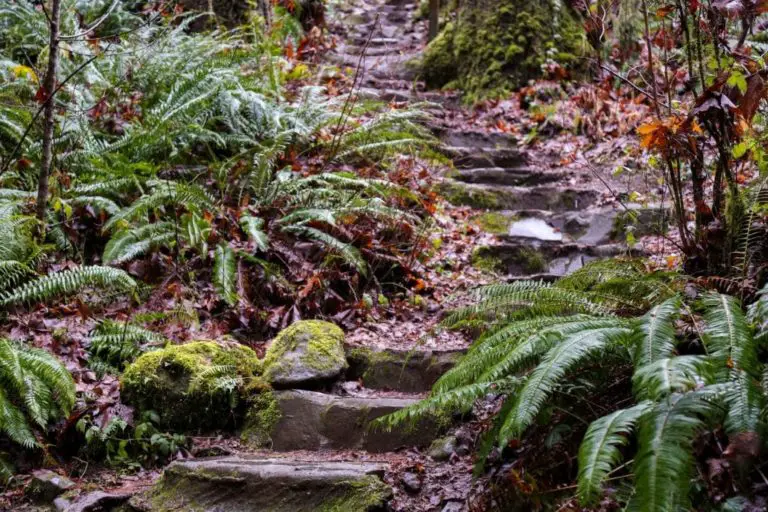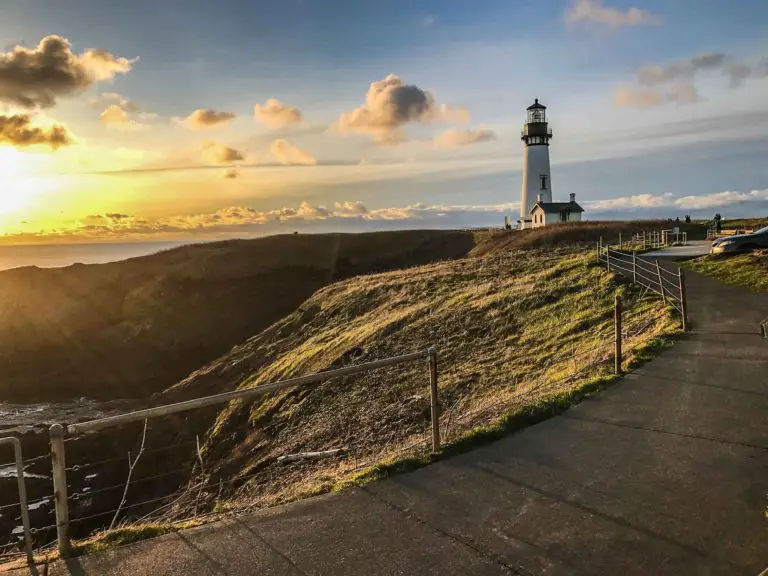When looking for an Oregon travel guide, consider the state’s motto: Alis volat propriis. Adopted by the legislature in 1854, and then again in 1987, it means “she flies with her own wings”.
It’s reflective of the state’s independence and innovation and can’t help but inspire thoughts of eagle wings, stretched wide, soaring over an endless and varied landscape. From the Columbia River gorge, across the Willamette Valley, to the Oregon Coast and Wallowa Mountains in the east, the state’s environment is as vibrant and strong as its independent spirit.
As the motto suggests, the sky is the limit when looking for things to do in Oregon. That’s why we’ve created this Oregon travel guide. To provide the adventurers, explorers and even those just looking to get up and go, a place to find travel tips and trip ideas without exhaustive research and planning.
We’re a team of mother-daughter travel bloggers. We’ve taken our experience visiting destinations across the state to create this Oregon travel guide, filled with the tips you need to get up and go. You’ll find travel information as well as “trips” detailing our experience visiting Oregon’s many natural wonders and destinations.
So now that you know who we are, why not give it a go? Dig into our travel tips and inspiration below or pick a trip from the navigation above. You can also opt to experience some of our more recent adventures.
No matter how you decide to approach it, you’ll find all of the information you need to create the Oregon “trip” that’s right for you.





